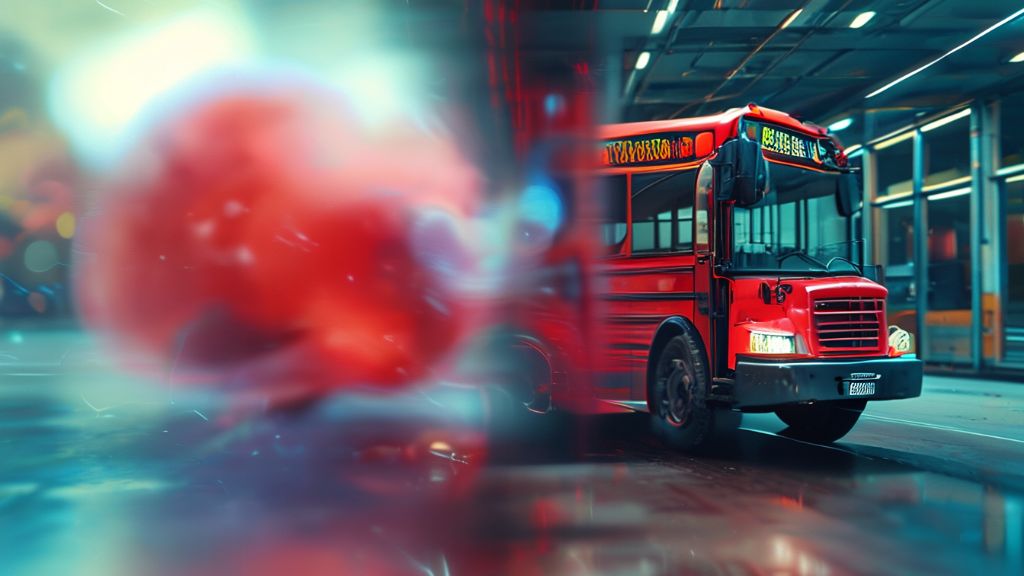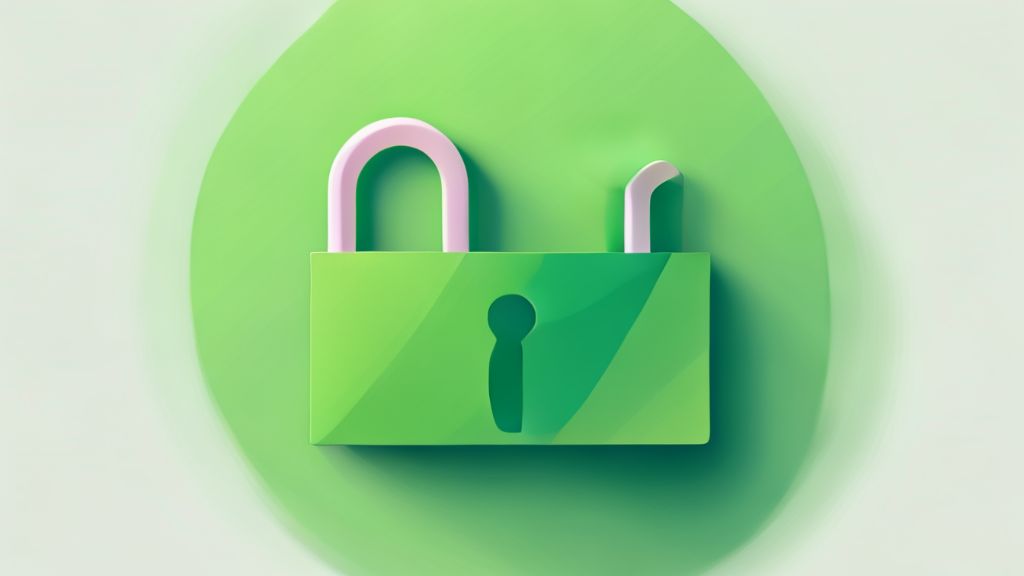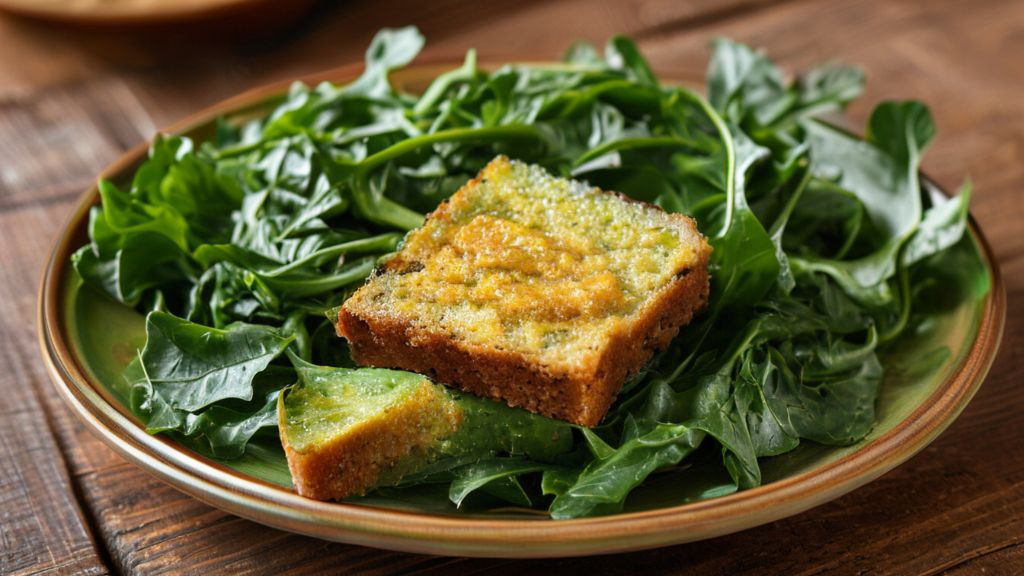The Art of the Prompt: Unlocking Creativity with AI
The Art of the Prompt: Unlocking Creativity with AI
Remember When AI Couldn’t Even Caption a Photo?

You know, it wasn’t that long ago, maybe seven years back, when a big deal in AI research was just getting machines to understand images well enough to describe them. They could already pick out objects, but the leap was putting those labels into sentences, right? This got some researchers thinking, “Hey, we can go from image to text, so what if we tried flipping it around and going from text to image?” Here’s the thing, they weren’t just looking to find existing pictures like a Google search does; they wanted the AI to actually create brand new scenes that didn’t exist anywhere else .
They even tried giving the computer prompts it had never encountered, like “the red or green school bus” . Most school buses you see are yellow, so would it try to generate something green? And you know what? It did, though the image was super tiny, only 32 by 32 pixels, and honestly, it looked more like a blob . They tried other fun prompts too, like “A herd of elephants flying in the blue skies” or “A vintage photo of a cat” . While you probably wouldn’t hang those early attempts on your wall, that 2016 paper really showed us the amazing potential of what could be possible in the future .
So, How Do You Talk to a Machine to Make Art?

Okay, fast forward to today, and the future they envisioned is totally here . It’s seriously hard to explain just how much this technology has exploded in the last year alone – I mean, it’s advanced by leaps and bounds, right? The change has been dramatic, and I’ve found that everyone I know who sees it is instantly blown away, asking, “What is this? What is happening?” This new ability to create images just by giving a simple text description has opened up a whole new world .
Communicating with these powerful
What’s really fun is coming up with unexpected pairings, like a “Faberge Egg McMuffin” . Some of the most stunning images I’ve seen come from giving the model a whole list of concepts to synthesize . It’s honestly like having a really strange but incredibly creative collaborator to bounce ideas off of, and you get totally unpredictable results back . It’s really quite cool, you know?
Where Do These Amazing Images Actually Come From?

You might wonder, with prompts like “a banana inside a snow globe from 1960,” does the AI just dig through tons of old photos of bananas and snow globes and paste them together? Here’s the surprising fact: that’s actually not what’s happening at all ! The new image doesn’t come directly from the original training data . Instead, it’s generated from something called the “latent space” of the
Think about it this way: when a model learns, it’s given millions upon millions of images scraped from the internet, along with their text descriptions . It learns to recognize patterns, not just “this is a banana,” but what mathematically separates a banana from a balloon, right? It looks for variables, like yellowness or roundness . As it processes more and more data, it builds a super complex mathematical space with way more dimensions than we can even imagine, like over 500 dimensions in some models .
This multi-dimensional space is the “latent space,” and believe it or not, it has meaningful clusters of information . There are regions that capture the very essence of “banana-ness,” or the textures and colors of photos from the 1960s . Any single point in this vast space is essentially a recipe for a possible image . Your text prompt is what helps the model navigate to a specific point in this space . Then, to turn that point into an actual image, the model uses a process called diffusion, which starts with noise and slowly arranges pixels into something recognizable . Because of a little randomness in this process, you’ll never get the exact same image twice, even with the same prompt, which is pretty neat .
Is AI Art Stealing from Human Artists?
With this incredible ability to generate images, especially in specific styles, some serious questions pop up, you know? One big concern is whether
This has led to artists having some understandable concerns. James Gurney, an American illustrator whose style became popular for AI prompts, expressed that people viewing
Here’s a surprising fact: the legal questions around copyright, both for the images used to train the models and the images the AI generates, are actually completely unresolved right now . It’s a really complex space with no clear answers yet, which adds to the tension and ethical debates surrounding
What Does This Mean for the Future of Creativity?

Beyond the technical marvels and the ethical debates, this technology prompts bigger questions about the future of creativity itself, right? What’s interesting is that the latent space of these models, where the AI learns and creates, can also reflect biases present in the data it was trained on . For instance, if the training data shows CEOs as mostly older white men and nurses as mostly women, the AI will likely generate images reflecting those stereotypes when given those prompts .
We don’t always know exactly what’s in the massive
But here’s the truly unique part: this technology gives anyone the ability to direct the machine and essentially tell it what to imagine . It removes a lot of the traditional barriers between having an idea and seeing it as an image . We’re on a journey with this technology, and honestly, it feels like a bigger deal than just the immediate technical changes . It’s potentially changing how we humans imagine, communicate, and interact with our own culture, and that’s going to have long-lasting consequences, both good and bad, that we probably can’t even fully anticipate yet . It’s a wild ride, right?





